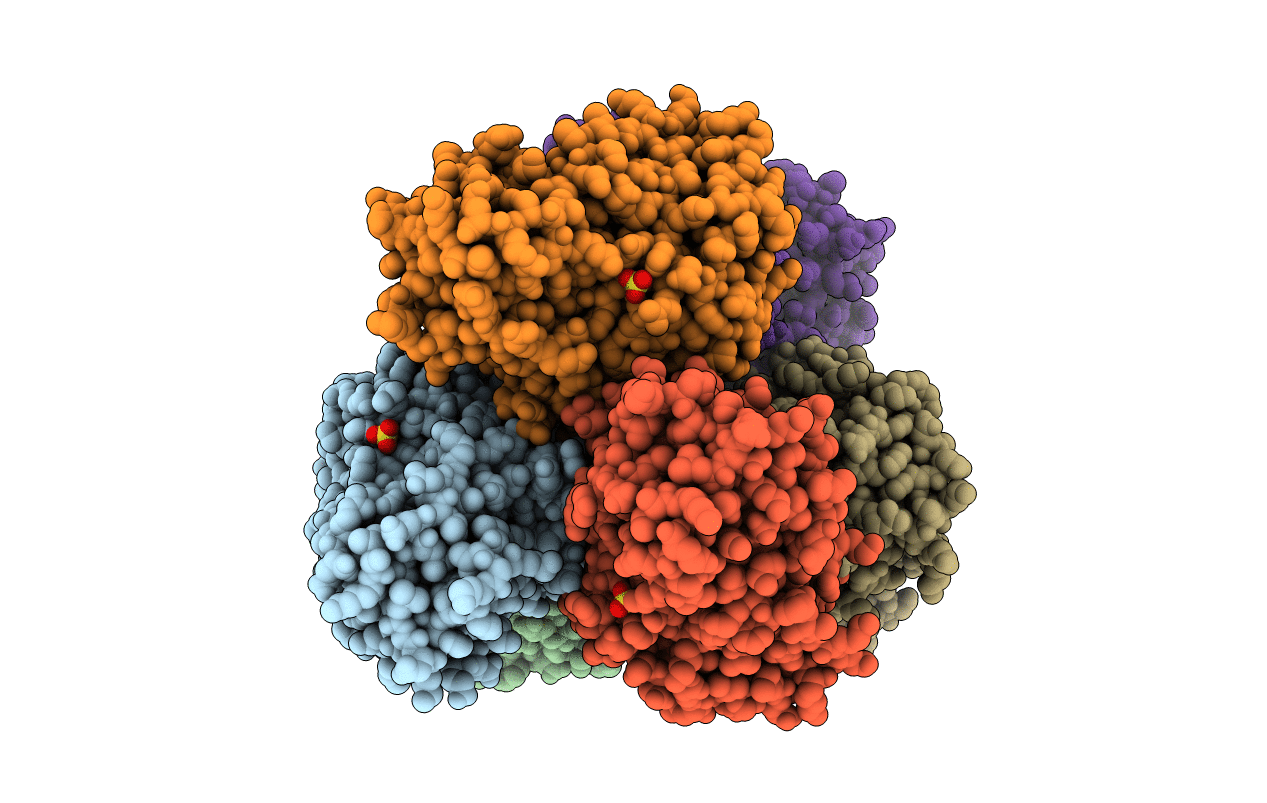
Deposition Date
2015-04-08
Release Date
2015-09-16
Last Version Date
2024-10-23
Entry Detail
PDB ID:
4Z7Y
Keywords:
Title:
diphosphomevalonate decarboxylase from the Sulfolobus solfataricus, space group P21
Biological Source:
Source Organism:
Host Organism:
Method Details:
Experimental Method:
Resolution:
2.70 Å
R-Value Free:
0.27
R-Value Work:
0.25
R-Value Observed:
0.25
Space Group:
P 1 21 1


